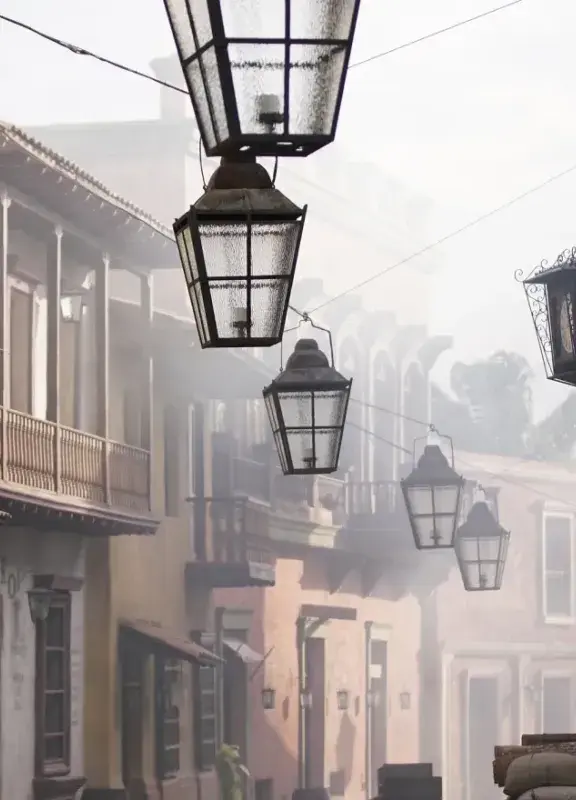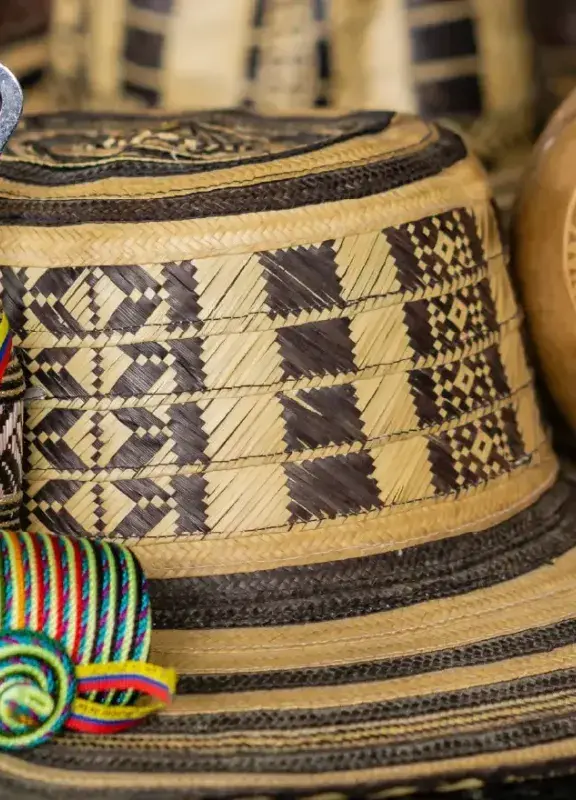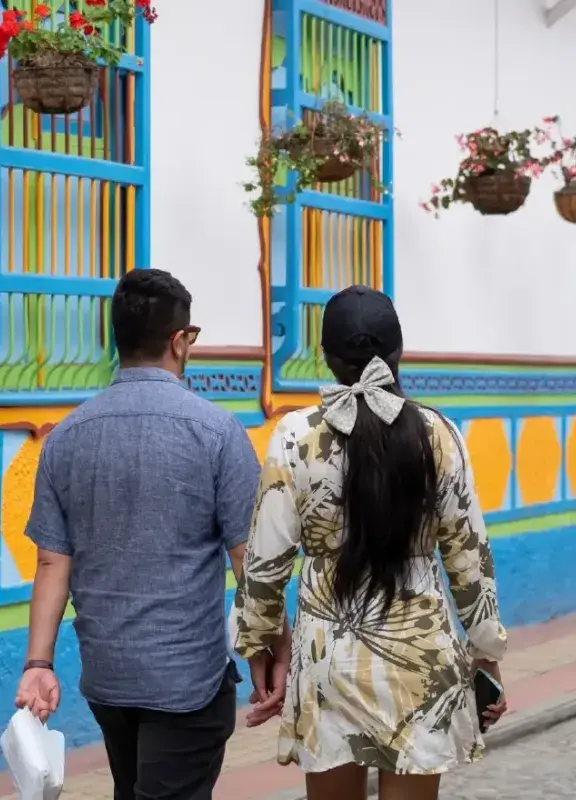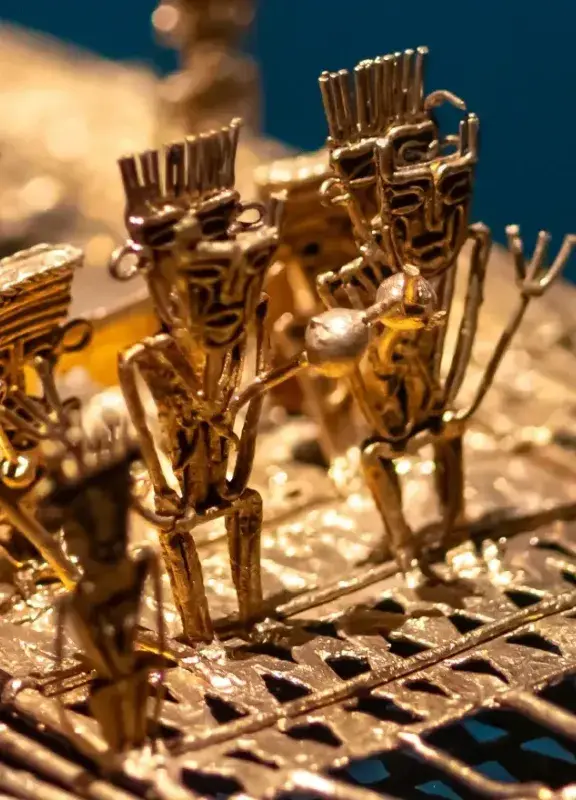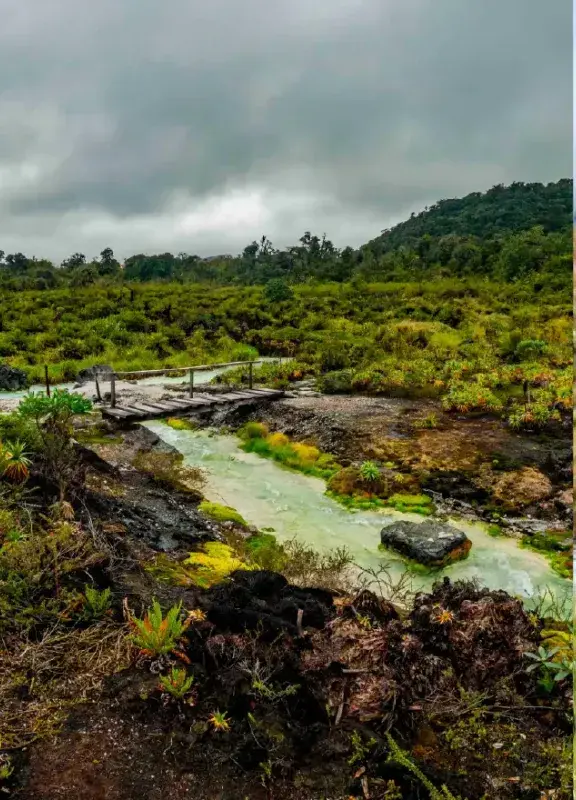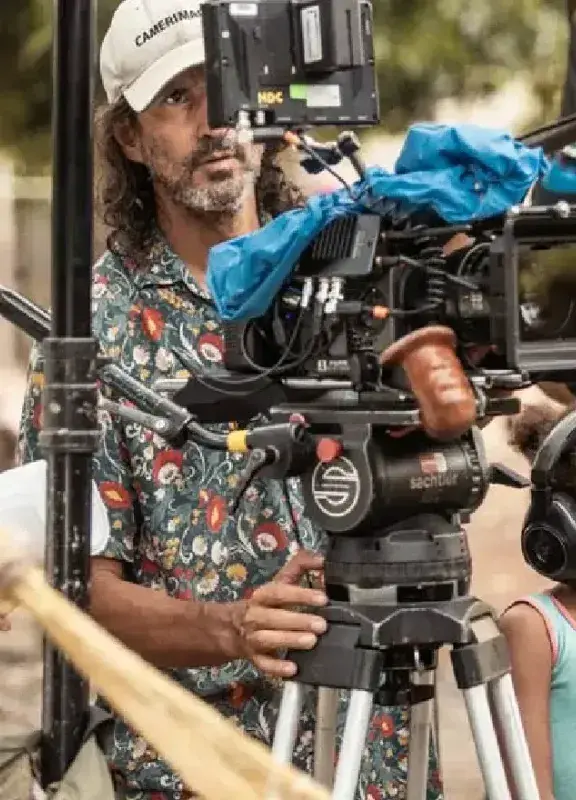Where can you learn more about Colombia's ethnic diversity?
Every year the Día de la Raza (Day of the Race) is celebrated throughout Latin America, commemorating the meeting of two worlds in 1492. We take this opportunity to recommend some places to learn more about the ethnic diversity of the country.
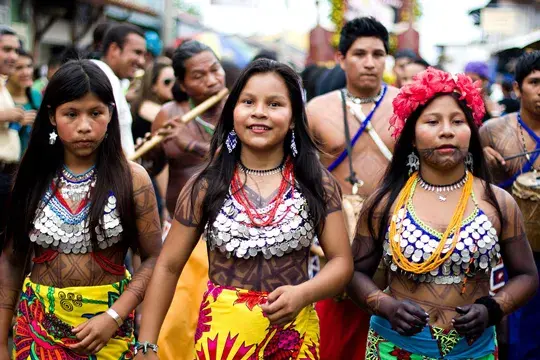
On October 12, Colombia celebrates. We celebrate the diversity of our peoples, who come from ancestral Indigenous cultures, from Europeans and Africans who arrived over five centuries ago, and from Asians, Arabs, and people from all regions of the world who continue to arrive every year, coming together in a uniquely multicultural environment.
Do you know where this ethnic celebration comes from? On October 12, 1492, in the early hours of the morning, sailor Rodrigo de Triana, part of the expedition led by Christopher Columbus, sighted land from the Atlantic Ocean. Centuries later, in 1914, Spanish lawyer Faustino Rodríguez-San Pedro, president of the Ibero-American Union in Spain, celebrated for the first time the Day of the Race, commemorating the meeting of two different worlds.
Also read: 9 curious facts about August 7 you should know
In Colombia, this date has evolved to commemorate our various regions, ethnicities, and cultural groups, embracing everything that makes us unique: gastronomy, celebrations, artistic expressions like music and dance, all framed in respect for differences and an eagerness to explore the pluricultural and multiethnic country we live in.
Discover more about Colombia’s history and the many traditions that live on in every corner of the country. While you can find members of every ethnicity across the nation, some places offer special opportunities to learn more about each group. Here are some of our recommendations for weekend trips to connect with the roots of more than 48 million people.
Colonial Traditions in Popayán
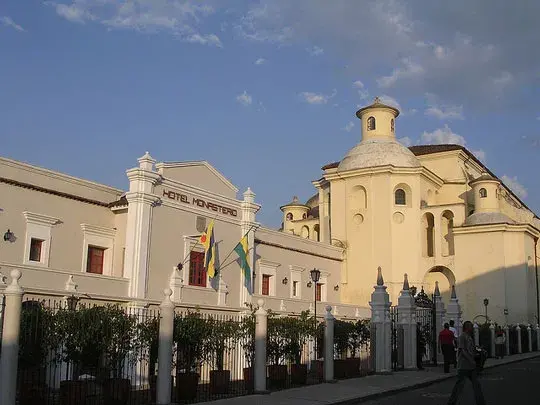
In most Colombian cities, you’ll find a central plaza and historic districts modeled after Spanish cities. When explorers like Gonzalo Jiménez de Quesada, Pedro de Heredia, and Sebastián de Belalcázar arrived, they established settlements that reflected their Spanish heritage.
The historic centers of Bogotá, Cartagena, and Popayán are perfect for understanding how Europeans arrived in Colombia, but Popayán in particular is known for its deep-rooted tradition: Holy Week. This celebration is so important that UNESCO declared it an Intangible Cultural Heritage of Humanity in 2009.
San Basilio de Palenque: A Key Piece in Afro-Colombian History
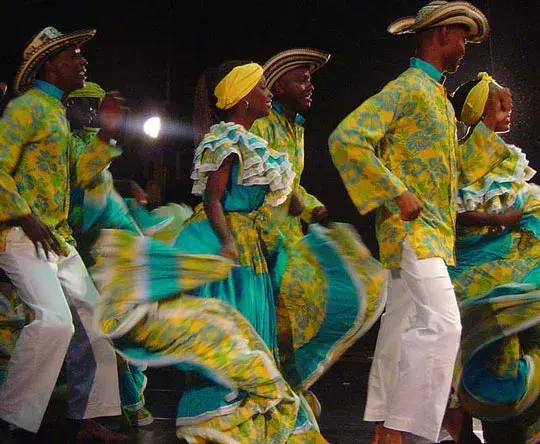
When the Spanish arrived, so did enslaved Africans from the Gulf of Guinea, many of whom were captured. However, it was not easy to move them near Cartagena, especially near the Magdalena River’s mouth, because a rebellious community had formed the first free Afro-descendant settlement in the Americas.
San Basilio de Palenque still preserves African traditions. Its joyful people, unique culture, and historical significance led UNESCO to declare it an Intangible Cultural Heritage of Humanity in 2005 (see declaration). Located 50 km from Cartagena, this town offers a look into an important chapter of the colonial conquest.
Indigenous History in the Sierra Nevada de Santa Marta
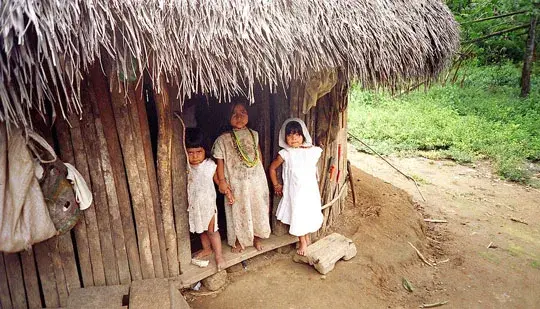
Colombia is home to Indigenous peoples who still preserve their traditions, language, and laws. They are scattered throughout the country and number over 1.3 million people, according to the latest census. Some sites, like San Agustín, reveal the pre-Columbian past, where art is the only surviving witness.
To experience one of the most traditional Indigenous communities rich in ancestral wisdom, we recommend visiting the Sierra Nevada de Santa Marta. There, you can live among the Kogui people, descendants of the ancient Tayrona civilization.
In Colombia, diversity can be felt around every corner. In addition to unique vegetation, incredible animals, and endless cultural richness, you’ll find many races throughout the territory — from major cities to small Indigenous or Afro-descendant communities. Do you have any other recommendations for exploring Colombia’s ethnic history?
 Welcome, you are in
Welcome, you are in 



